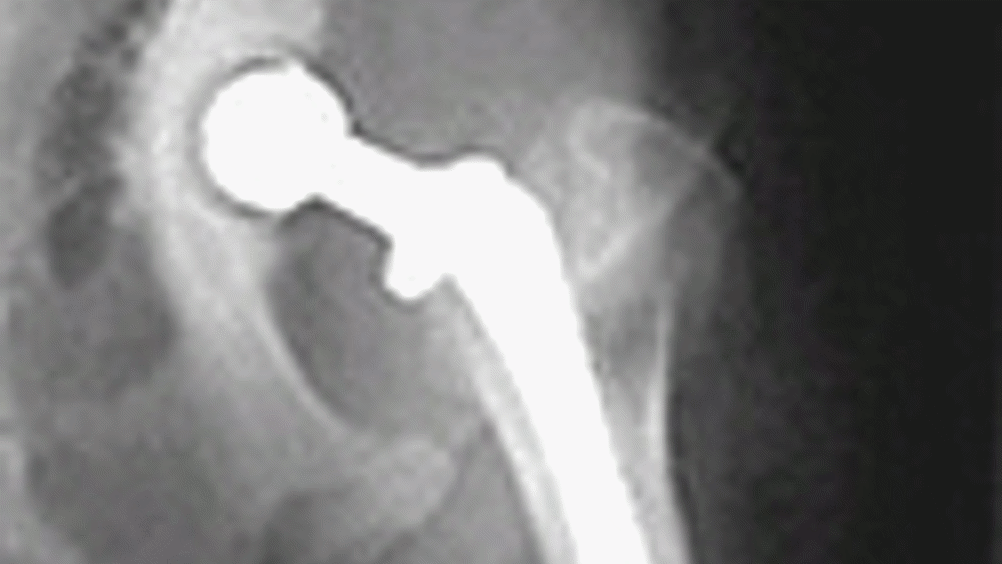Hip hooray

University of Alberta engineers have created a self-powered wireless microsensor that can monitor the bone healing process in people recovering from hip replacement surgery.
‘This microsensor not only reduces post-operation recovery time, it will also help reduce the wait time for patients needing artificial joint implants,’ said Dr Walied Moussa, a professor in the Department of Mechanical Engineering.
During the healing process that follows joint replacement, bone grows and attaches to the pores on the surface of the implant creating greater fixation and stability of the joint. This process is known as osseointegration.
Using nanotechnology, the researchers built a device that measures and compares the relative osseointegration of a hip implant over time. The microsensor will be able to monitor the progression of the biological fixation between bone tissue and the implant.
The sensor is permanently implanted with the joint and is powered kinetically, using the natural movement of the patient's body as its power source. When it isn't being used, it stays dormant until a doctor asks it to start transmitting data.
Register now to continue reading
Thanks for visiting The Engineer. You’ve now reached your monthly limit of news stories. Register for free to unlock unlimited access to all of our news coverage, as well as premium content including opinion, in-depth features and special reports.
Benefits of registering
-
In-depth insights and coverage of key emerging trends
-
Unrestricted access to special reports throughout the year
-
Daily technology news delivered straight to your inbox










Water Sector Talent Exodus Could Cripple The Sector
Maybe if things are essential for the running of a country and we want to pay a fair price we should be running these utilities on a not for profit...